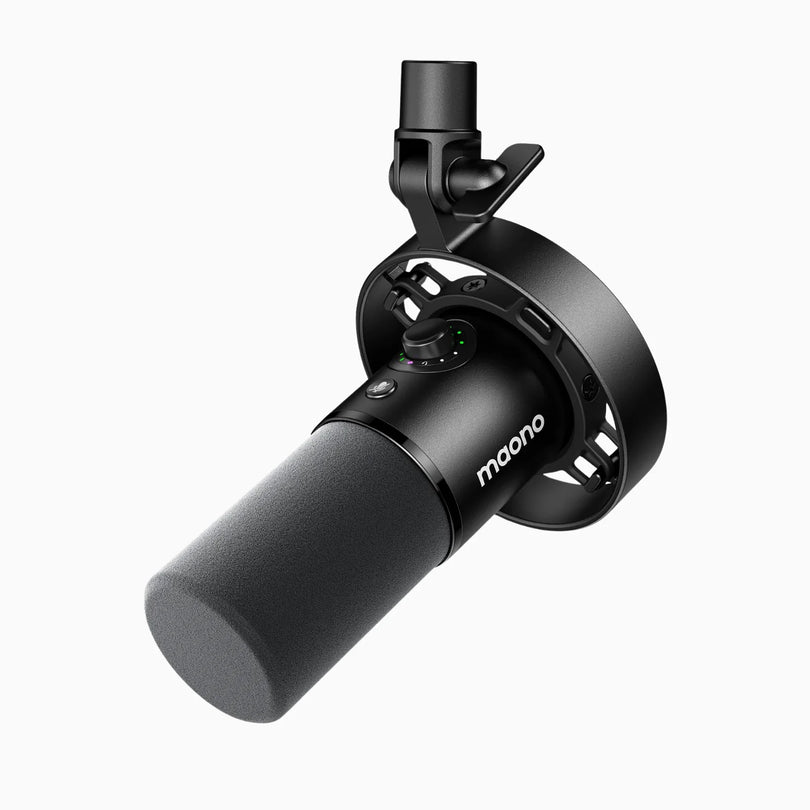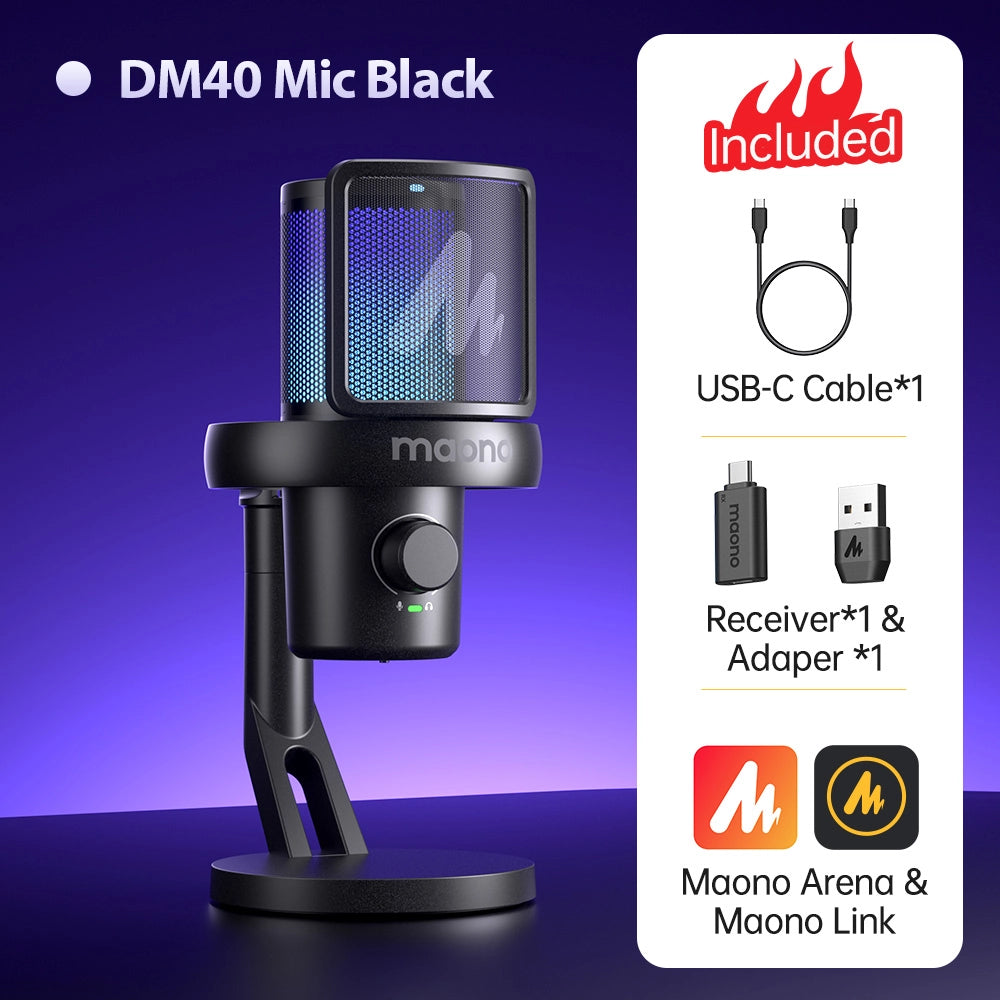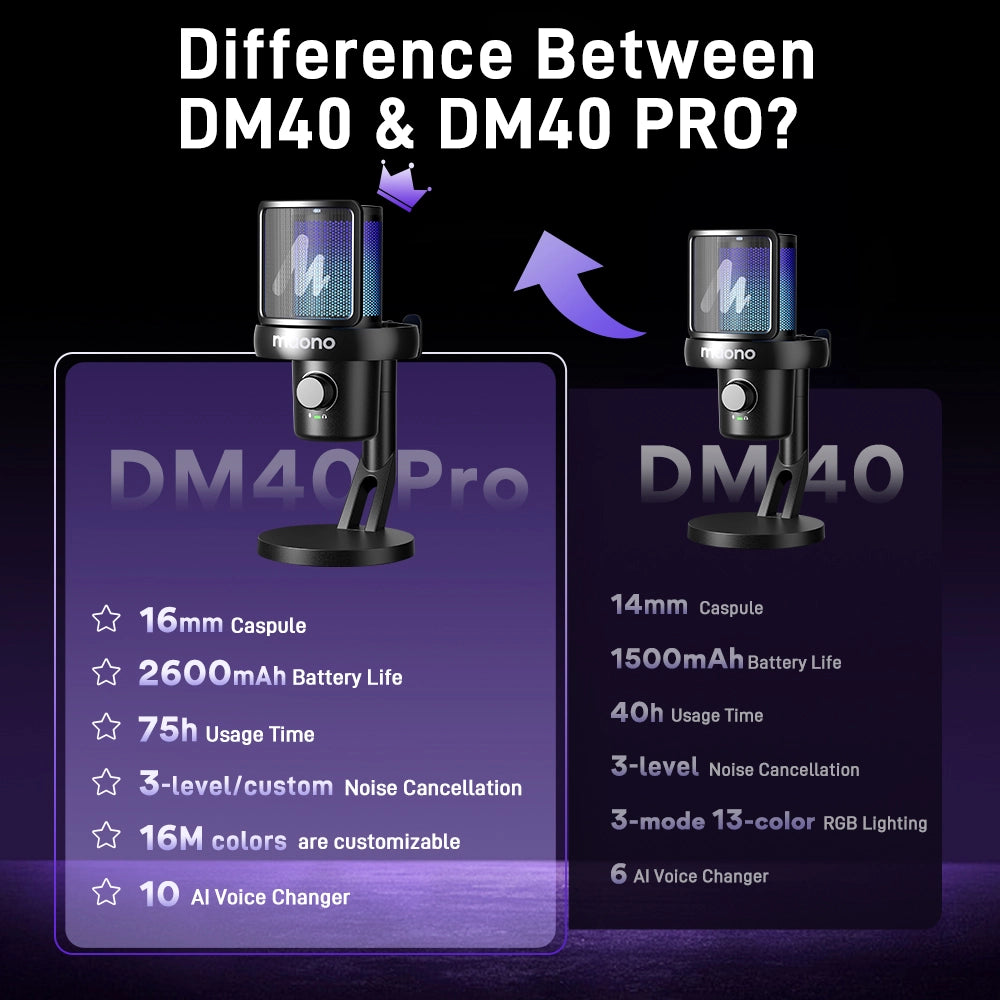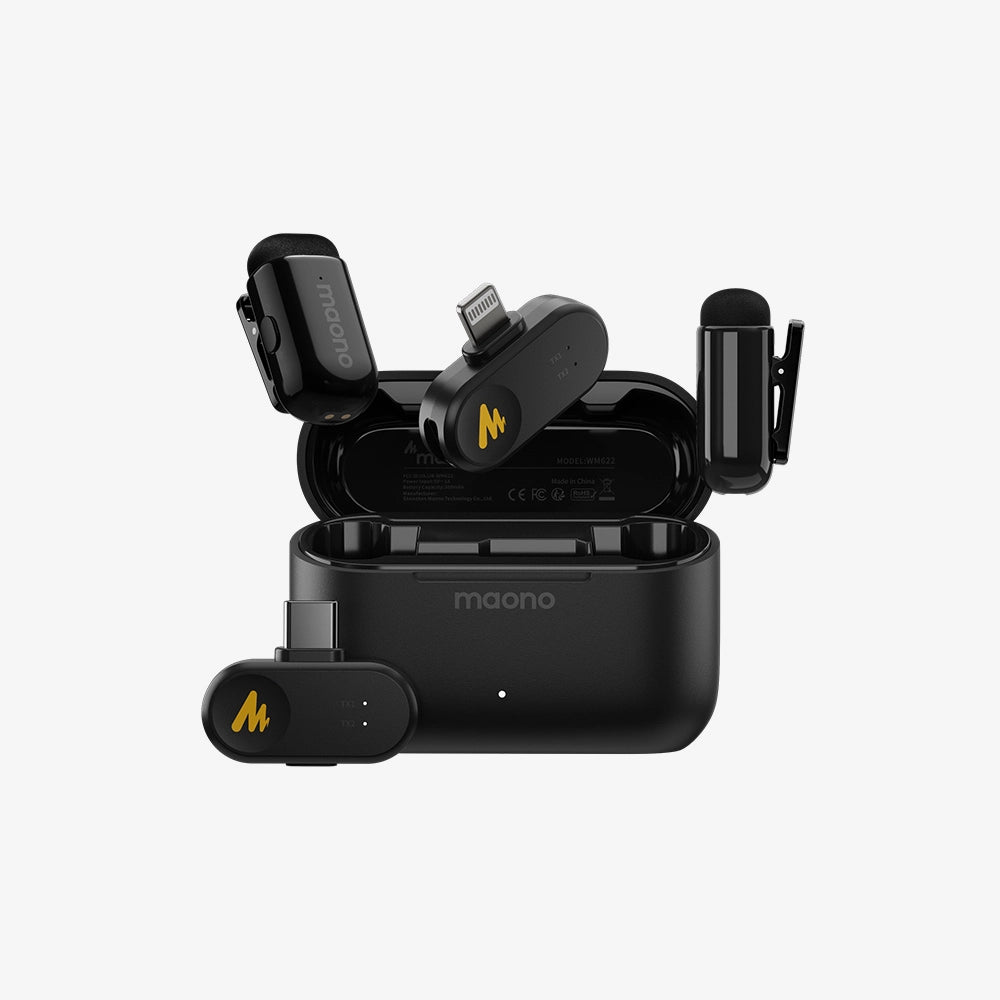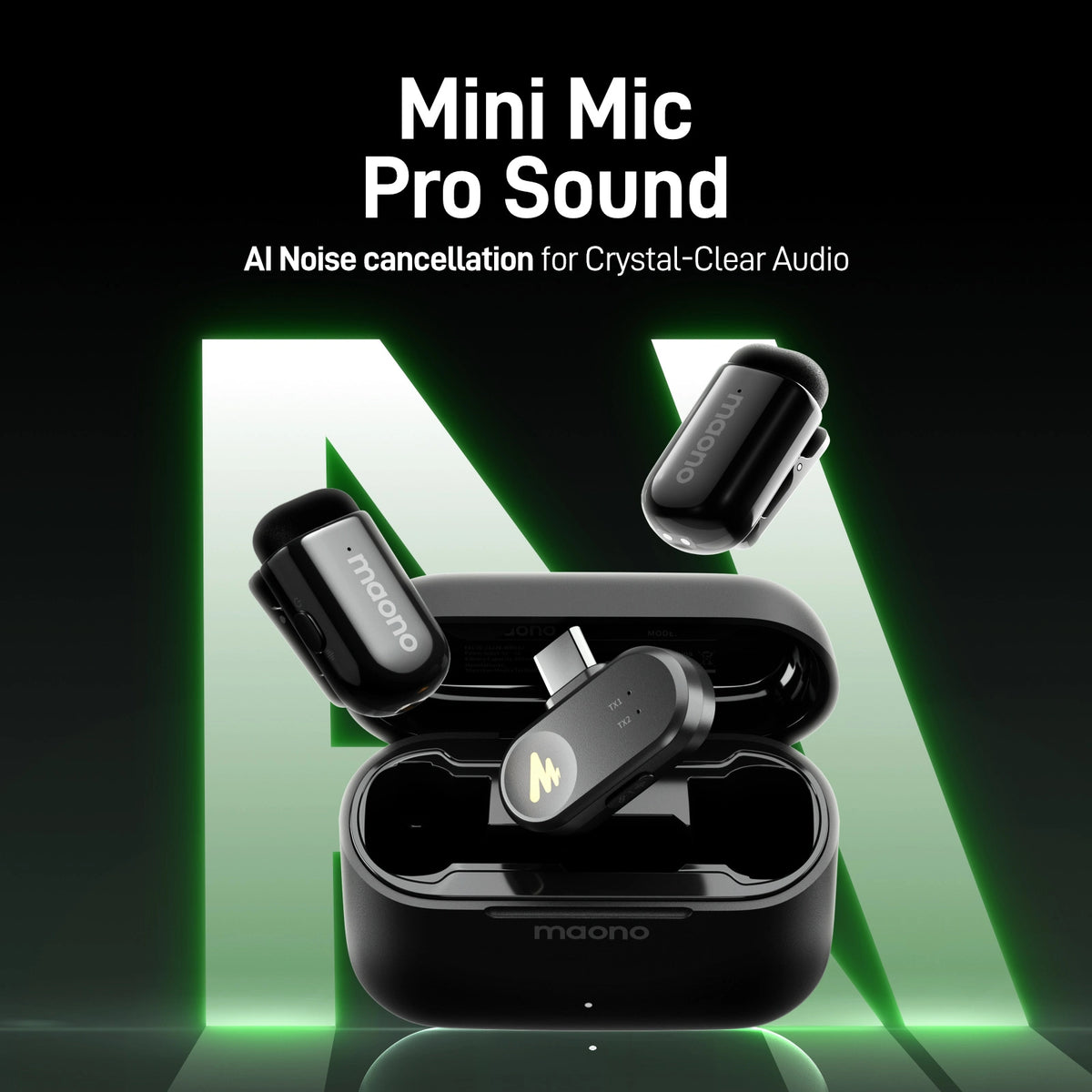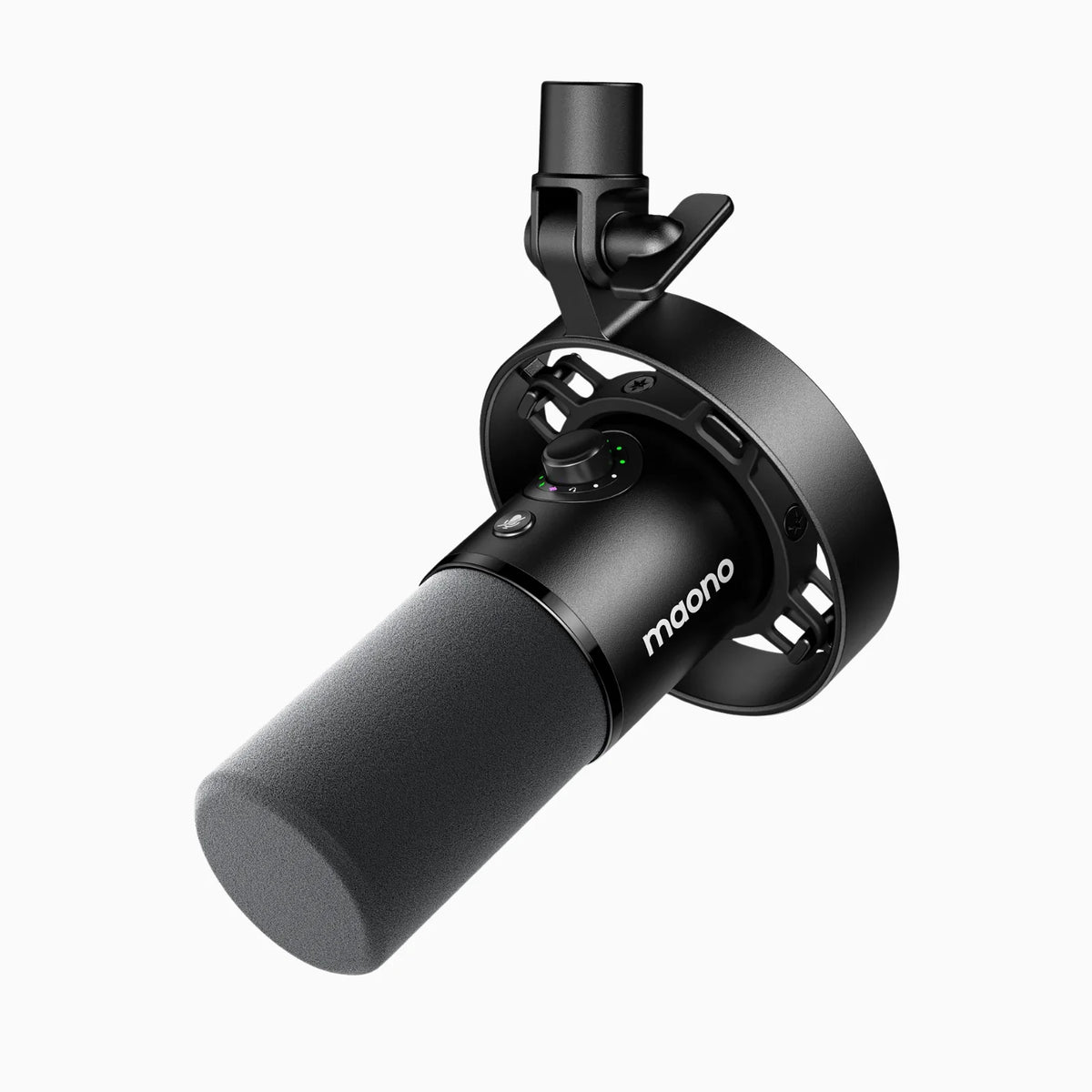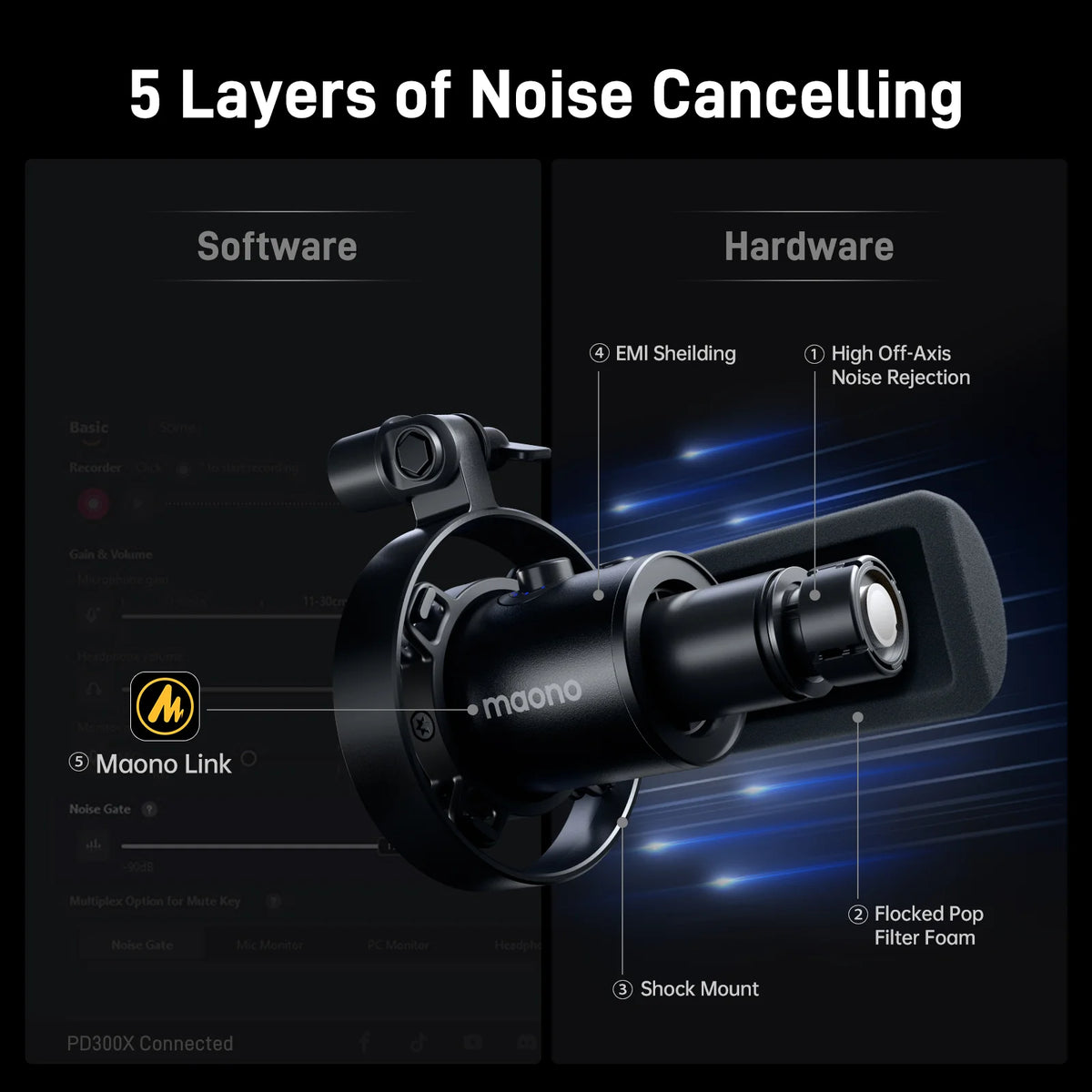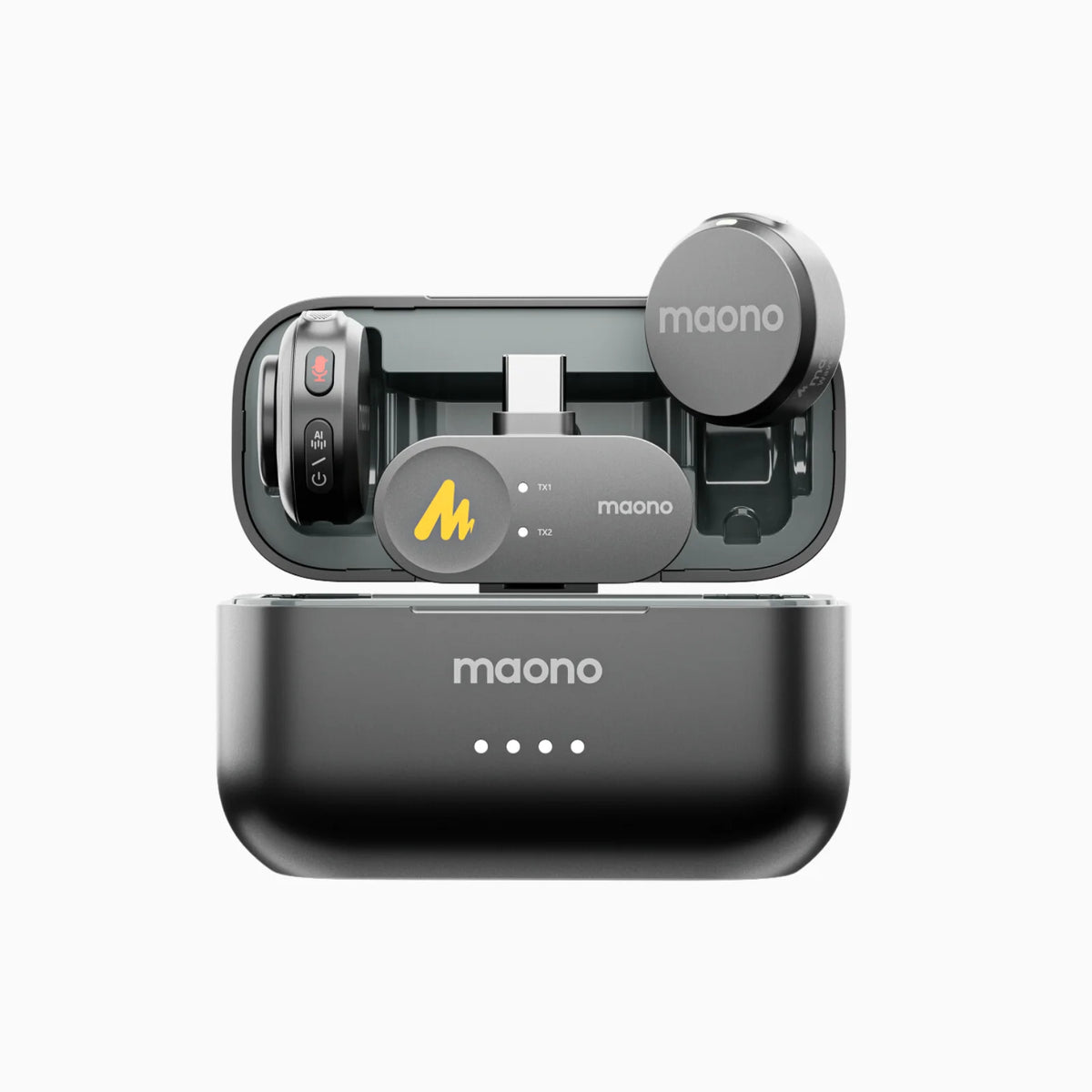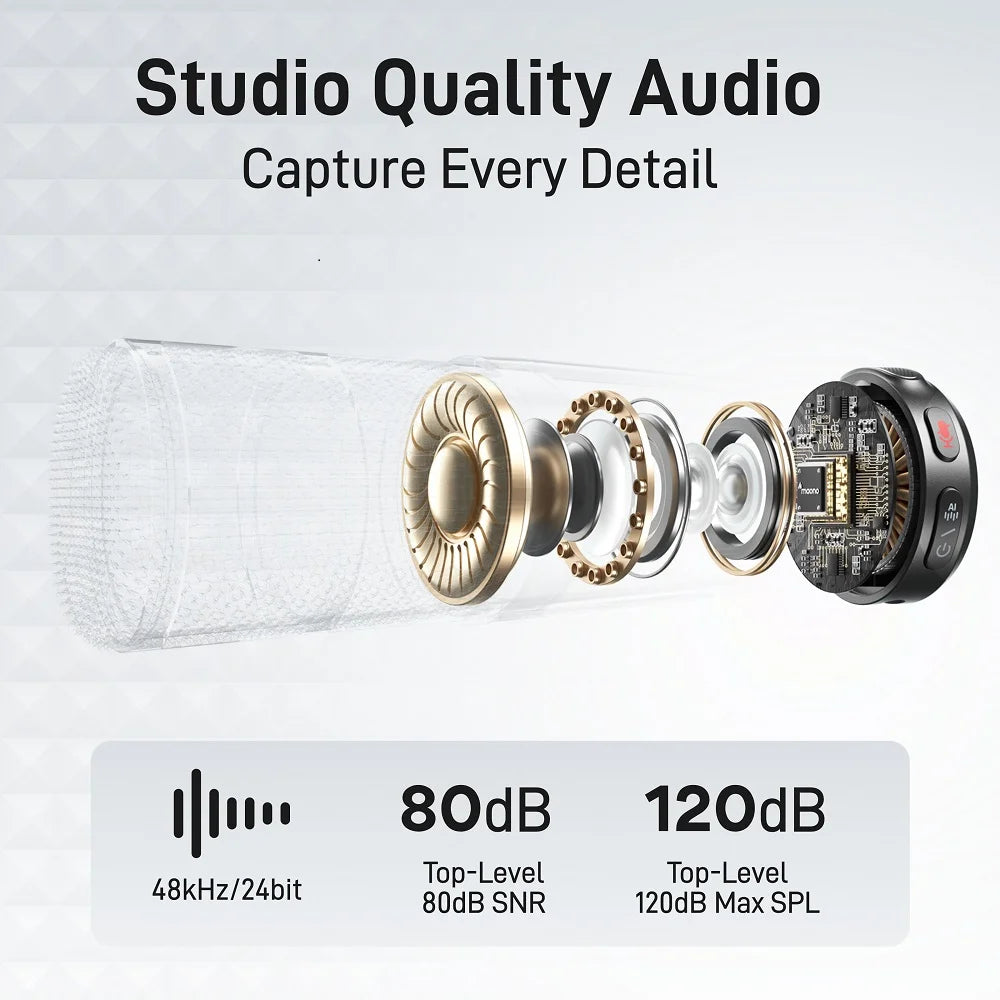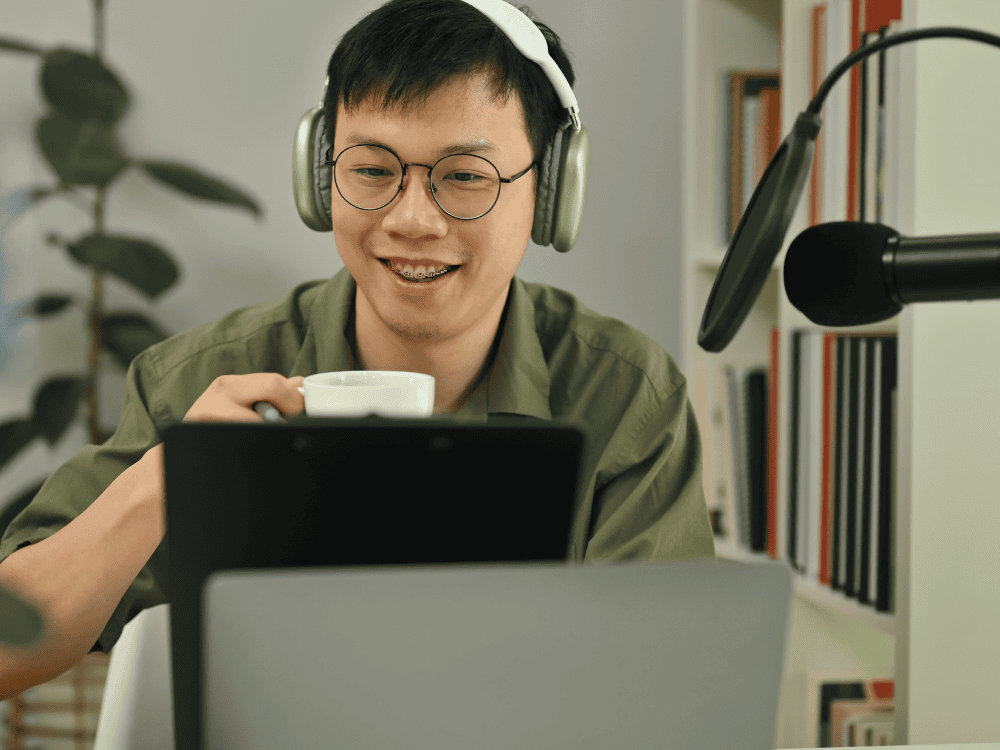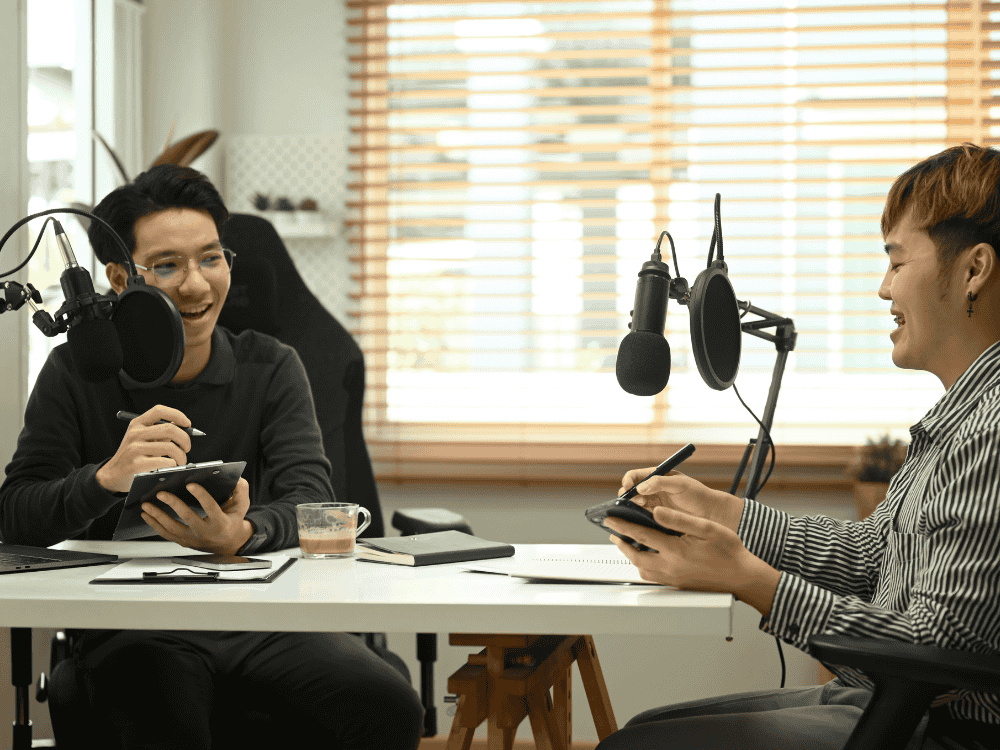Imagine a platform where you can dive into captivating stories, gain insights on diverse topics, or stay updated with the latest trends—all from your home. That’s the power of a podcast.
What is a Podcast?
A podcast is a digital audio or video file series that listeners can stream or download online. It allows creators to share content on various topics, from news and education to entertainment and storytelling. With the growing popularity of podcasts, having high-quality audio is essential for engaging your audience. This is where a podcast soundproof kit becomes invaluable. It ensures that your recordings are crisp and clear, free from distracting background noise, and professionally presented. Podcasts offer a flexible medium for reaching audiences, who can listen at their convenience through various platforms like Apple, Spotify, or Google.
Overview of Podcasting and Podcast Microphones
Podcasting has evolved significantly since its inception, with an increasing number of creators investing in high-quality audio equipment to enhance their content. A crucial component of podcasting is the microphone, which plays a vital role in delivering clear and professional sound. The choice of microphone can impact the overall quality of the podcast, affecting how well listeners can engage with the content. This guide will help you learn about the basics of how you soundproof a room for podcasting, explore the best podcast microphones in the market, and recommend a podcasting microphone kit that’s suitable for beginners
How Do You Soundproof a Room for Podcasting?
Soundproofing is essential for creating a professional podcast environment. To achieve effective soundproofing, consider these steps:
- Seal Gaps: Use weatherstripping or acoustic sealant to close gaps around windows, doors, and other openings where sound can enter or exit.
- Add Absorption Materials: Install acoustic panels or foam tiles on walls and ceilings to absorb sound reflections and reduce echo. These materials help prevent sound from bouncing around the room and impacting audio clarity.
- Use Heavy Curtains: Thick, heavy curtains or acoustic drapes can help block outside noise and absorb sound within the room.
- Carpet and Rugs: Place carpets or rugs on the floor to reduce sound reflections and dampen footstep noise.
- Furniture: Adding furniture like bookshelves filled with books can also help absorb sound and improve acoustics.
What is the Best Soundproofing for a Podcast?
The best soundproofing for a podcast involves a combination of techniques and materials tailored to your specific recording environment. Key elements include:
-
Acoustic Panels
These are designed to absorb sound and reduce echo. They come in various shapes and sizes, making them versatile for different spaces.
-
Bass Traps
Installed in the corners of a room, bass traps help manage low-frequency sounds that can create a muddy audio quality.
-
Diffusers
Diffusers scatter sound waves to prevent them from reflecting directly back into the microphone, which helps maintain a natural sound quality.
Can I Make a Soundproof Dome to Put My Microphone In as a Decent Substitute Instead of Soundproofing an Entire Room?
Yes, a soundproof dome, often referred to as a "reflection filter" or "vocal shield," can be an effective solution for improving the sound quality of your recordings without needing to soundproof an entire room. These domes are designed to surround the microphone and reduce ambient noise and reflections. They are particularly useful for small spaces or when you’re unable to soundproof a room completely. However, for the best results, combining a soundproof dome with other soundproofing techniques can further enhance audio quality.
Are Pop Filters Necessary in a Soundproofed Studio Environment Where Talk Shows or Podcasts Are Being Recorded?
Pop filters are still beneficial even in a soundproofed studio environment. They are designed to reduce plosive sounds (like "p" and "b" sounds) that can cause distortion or unwanted noise in the recording. While soundproofing helps control ambient noise and echoes, pop filters specifically address issues related to vocal articulation and microphone handling. Using a pop filter ensures cleaner, more professional audio and can improve the overall listening experience.
Are There Any Soundproofing Tips That You've Found to Be Helpful in Audio Recording?
- Monitor Levels: Regularly check audio levels to ensure they are consistent and avoid clipping or distortion.
- Use Isolation Shields: Isolation shields can be used to create a barrier between the microphone and the recording environment, helping to isolate the voice from external noise.
- Proper Mic Placement: Position your microphone correctly to capture the best sound quality and minimize the impact of room acoustics.
- Regular Maintenance: Keep your recording space clean and free from clutter, which can affect sound quality. Regularly check and adjust your soundproofing materials as needed.
5 Best Podcast Microphones
1. Shure SM7B
A dynamic cardioid microphone is known for its rich sound quality and ability to handle a wide range of vocal tones. It's a favorite among podcasters and radio hosts for its versatility and durability.
2. Rode NT1-A
This condenser microphone offers a clear and detailed sound with low self-noise. It's ideal for capturing vocal performances with high fidelity.
3. Audio-Technica AT2020
A budget-friendly condenser microphone that delivers professional-quality audio. It’s a great choice for beginners looking for an affordable option.
4. Maono PD100
PD100 is a sleek and stylish podcast XLR microphone that features a cardioid pattern and reduces background noise reproducing a clean and mellow sound. It offers excellent sound quality and ease of use with the boom arm set that comes with it. It includes features like adjustable gain, and 60-14kHz frequency response, making it suitable for podcasting.
5. Maono HD300T

Maono HD300T is a versatile dynamic microphone with USB/XLR dual output, comes with a stable base, a sturdy shock mount, and a pop filter for reducing plosives, providing a complete setup for podcasters. Its XLR connectivity makes it easy to connect with a mixer or audio interface, making it customizable for sound effects of improvisation and for capturing clear audio.
Related: Basic Audio Terms You Should Learn Before Buying a Microphone
Recommended Maono Podcasting Equipment Bundle:
PD100 and AME2 podcasting equipment bundle - is the best starter kit for beginners looking for a budget-friendly option. The kit comes with a Maono PD100 XLR microphone that features a built-in dynamic core, a double-layer pop filter to reduce plosives, and a cardioid pickup pattern that minimizes background noise when recording. The PD100 microphone works well with the Maonocaster AME2 audio interface. Engage your audience with the AME2's customizable reverb modes, modifiable tones, and pitch changer knobs, all for a reasonable price.

Recommended Maono Podcasting Microphone Boom Arm Stand: Maono BA37
The Maono BA37 microphone boom arm stand is highly recommended for podcasters. It features a 360-degree adjustable arm that allows for precise positioning of the microphone, ensuring optimal sound capture. Its sturdy build and flexible design make it ideal for both desk and studio setups. The stand’s versatility and durability make it a valuable addition to any podcasting kit. BA37 weighs 3.03 pounds and is made of metal. It's compatible with Maono's best podcast microphones, such as the PD400X, PD200X, PM500, PD100X, PD100, PD100U, DM50, D30RGB, and DGM20. It is also compatible with other brands, including the Shure SM7B, Shure MV7, Blue Yeti, Razer, Ice Snowball, HyperX Quadcast, Audio-Technica, and Fifine.

FAQs
1. What Are the Benefits of Using a USB Microphone Over an XLR Microphone for Podcasting and Other Audio Applications?
USB microphones are plug-and-play, making them easy to use without needing additional equipment like an audio interface. They are ideal for beginners due to their simplicity and convenience. XLR microphones, on the other hand, offer superior audio quality and greater flexibility, but they require additional gear like an audio interface or mixer.
2. What is the Best USB Microphone for Podcasting/Recording Music and Such Like on YouTube Under $100?
The Audio-Technica AT2020USB is a great choice for under $100. It provides professional-quality sound and is user-friendly, making it ideal for both podcasting and recording music.
3. What is the Difference in Sound Quality When Using an XLR Microphone Versus a USB Microphone on a PC for Podcasting?
XLR microphones generally offer higher sound quality and more control over audio levels due to their connection with professional audio interfaces. USB microphones are convenient and provide good sound quality, but they may not match the depth and clarity of high-end XLR setups.
4. What Are the Advantages and Disadvantages of USB Microphones Versus Built-In Laptop Microphones for Podcasting?
USB microphones offer superior sound quality and greater control over audio settings compared to built-in laptop microphones. They are designed to capture clearer and more detailed audio. Built-in microphones are convenient but often produce lower-quality recordings with more background noise.
5. When Using a Microphone (Used in Case for Podcasting) with Both a USB and XLR Output, Which Output Should Be Used?
If you’re using a USB microphone, it’s generally best to use the USB output for convenience and simplicity. However, if you have an audio interface and are seeking higher audio quality, the XLR output may be preferable.
Conclusion
Podcasting has become an accessible and popular medium for sharing content, and choosing the right microphone and soundproofing techniques can significantly enhance the quality of your recordings. By investing in high-quality but super budget-friendly microphones like the Maono PD100, HD300T, or the Maono podcasting microphone kit (so you can save more), implementing effective soundproofing strategies, and understanding the benefits of different types of microphones, you can create a professional and engaging podcast. Whether you’re just starting or looking to upgrade your setup, the right equipment and techniques will help you achieve clear, captivating audio for your audience.




